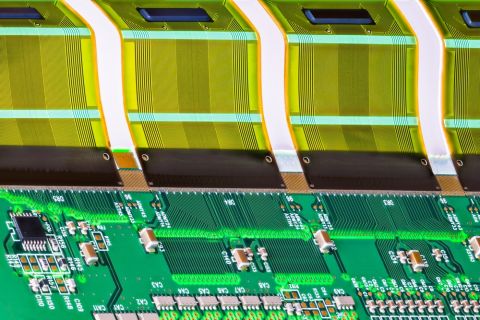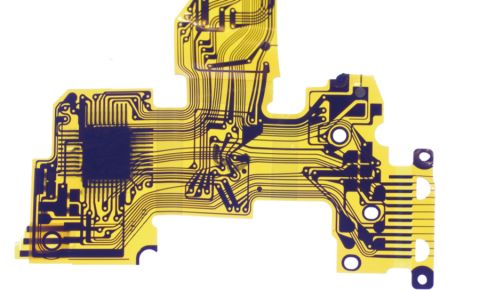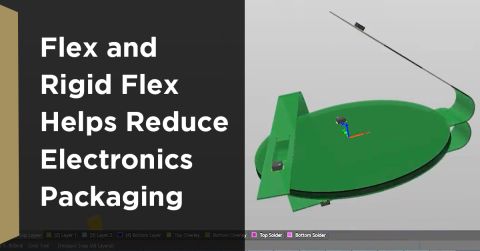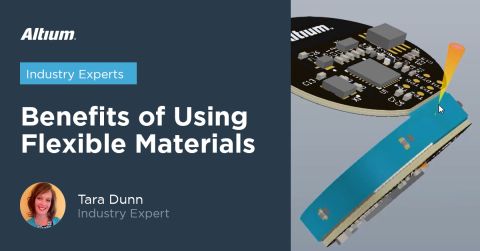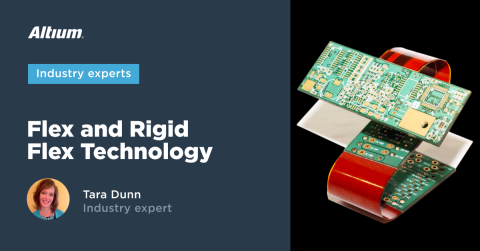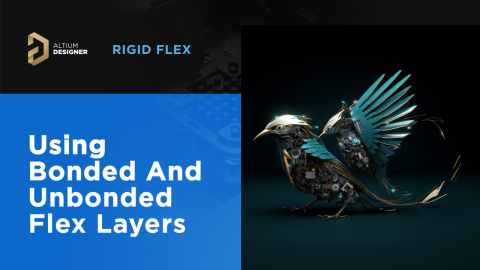Tips for Time Critical Flex Delivery

There are some that thrive on stress and quick-turn environments, and some that do not. No matter which end of that spectrum you fall on, fabrication delivery delays on a flex and rigid-flex design are frustrating, even with standard delivery lead times, and are only exacerbated when working with quick-turn requirements. Unfortunately, and as much as we all would like to avoid it, the need for quick turn fabrication of your flex or rigid-flex design will likely happen at some point. The board layout is typically the last thing to be completed and the first thing needed to continue the build, even the most thought-out timelines are subject to changes, and what appears to be the simplest of designs can easily require last minute adjustments.
Given that approximately 90% of flex and rigid-flex designs go on hold for design clarifications and questions prior to release to fabrication, it is not uncommon for a quick-turn delivery requirement to be delayed. While chapters could be written on how to best work with your PCB fabricators to reduce the likelihood of delays, today’s blog will offer a few simple suggestions that can have a significant impact on the issue.
During the design phase
Research and select your flexible circuit fabricator
Is this the same fabricator that is your go-to for rigid PCB designs? Do you have a separate qualified fabricator for flex and rigid-flex? Does your design fit neatly within the “standard” capabilities for your fabricator, or will you be pushing limits and introducing additional risk to the timeline? These are all things that are important to know early in the design process. The supplier that excels at two-layer flex designs is likely not the same supplier that excels at complex rigid-flex with microvias and exotic materials. Selecting the supplier that best fits the design requirements is a good first step to mitigating the risk of delays.
Involve your fabricator early in the design phase
Are you new to flex design? New to rigid-flex design? Working with a new technology? Ask questions—ask a lot of questions—and ask them early! Fabricators encourage questions early in the design process and are more than happy to help make recommendations for materials and design for manufacturability. Most also offer a DFM review. The complementary versions may not catch all issues in a design that would be flagged during the tooling process, but it will catch a large percentage of them, and should catch the major issues that would require a lengthy redesign once the data package is complete. With extremely critical timelines involving highly complex designs, most fabricators will also support a full DFM, through the CAD/CAM group for a small fee. Depending on the project timeline this may be a worthwhile investment.
Allocate materials during the design phase
Fabricators typically stock materials that they run regularly, but these common materials vary from supplier to supplier. If you have had your supplier provide a stack up, confirm material availability. If the design requires materials that may not be in stock, one great tip to reduce lead-time is to have your fabricator pre-order material while the data package is being finalized. This can save a few days to several weeks depending on material availability! Even with common materials, allocating materials ahead of the purchase order placement eliminates the risk of unexpected delays.
After the Purchase Order is Placed
Double and triple check the data package
Be sure that the data package is complete, including a net list. Are the fab notes complete? Are all quality requirements, material requirements and surface finish requirements clearly defined? Does the drill chart and outline match the data? These are all very common things that result in engineering holds while the fabricator is tooling the part number.
Have you received questions from the CAD/CAM tooling group?
If the questions are simple, respond quickly and ask if these are all of the questions or if there are additional phases of review that may generate additional questions. It is not uncommon for the tooling process to be split into phases completed by different people and this can result in multiple questions and answer cycles.
If the questions are more complex, it is a good idea to schedule a conference call with your fabricator. This can save quite a bit of time when compared to going back and forth with multiple emails to be sure everyone is understanding the issue the same way. Always follow these conversations with an email summary to confirm and document the discussion and resolution.
After questions are complete, confirm the delivery schedule. Delays of an hour or two are usually absorbed into the quoted lead-time, but delays beyond this can impact the committed delivery date. Fabricators are typically very good about communicating delays caused by tooling questions, but it is a good practice to confirm delivery and avoid any surprises on the day everyone is expecting to receive parts.
With time-critical delivery requirements, communicating with your fabricator throughout the design and build process will help prevent or shorten any potential delays. Select a fabricator whose capabilities best match your design requirements and work with them regularly for DFM review, stack up and materials allocation. As the PO is being placed, be sure the data package is complete and that the fabrication notes match the data. If there are design questions, answer quickly, communicate clearly and be sure to confirm the anticipated delivery date once the issues are resolved. All of these will help reduce the inherent stress associated with quick turn requirements.
Discover more about rigid-flex and multi-board designs with Altium Designer®. Have more questions? Call an expert at Altium.
